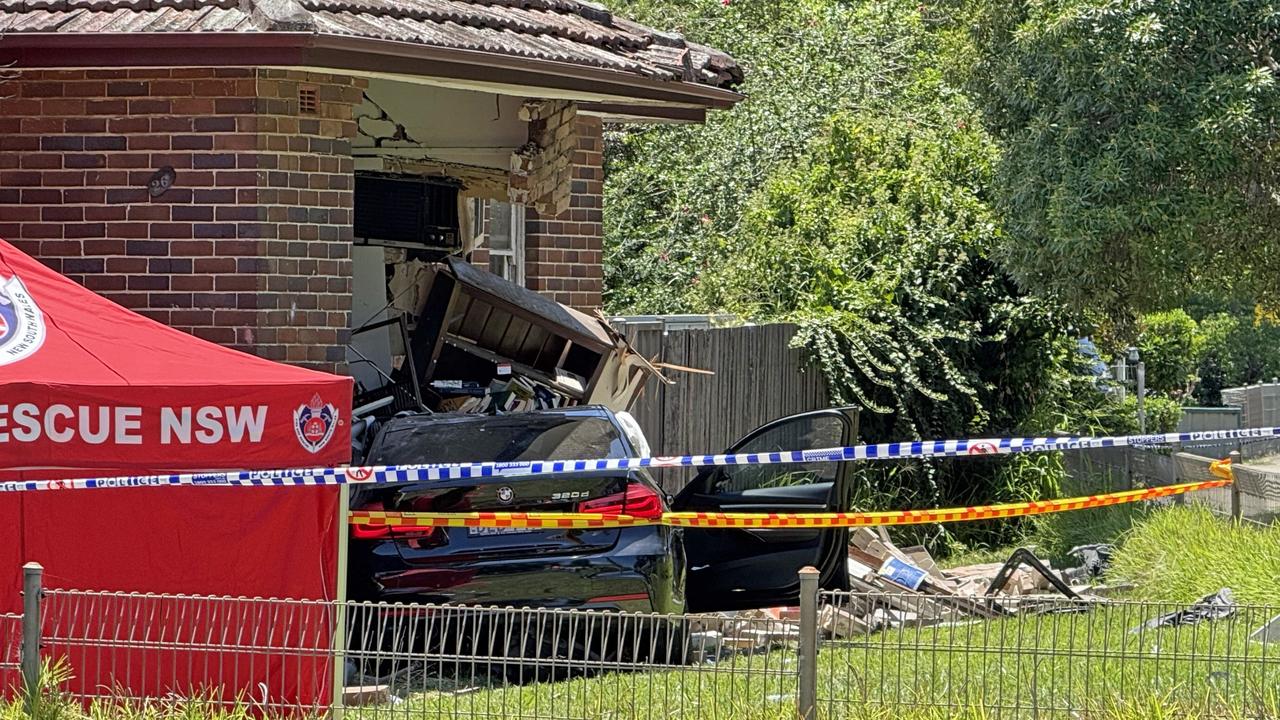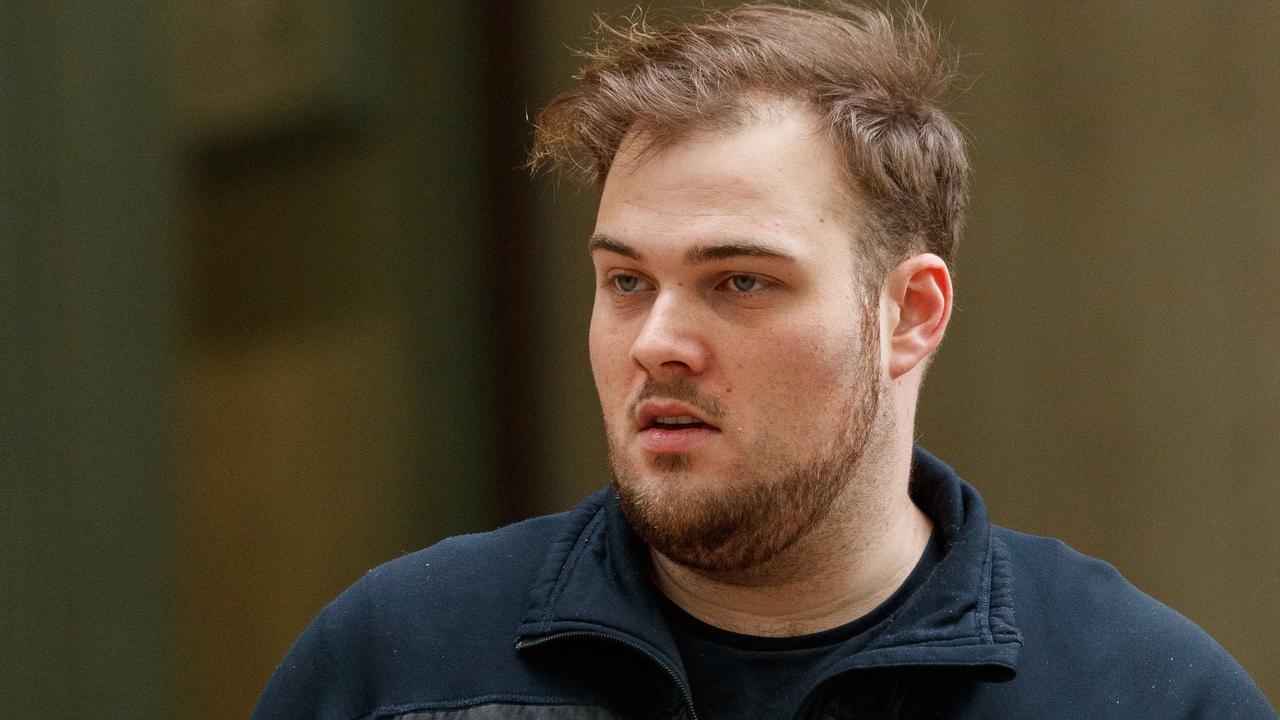‘People losing their homes’: New South Wales’ worst rental suburbs revealed
There are small signs rents are coming down, but vacancy rates are still razor thin and there could not be any more “rental pain” in 12 NSW suburbs.
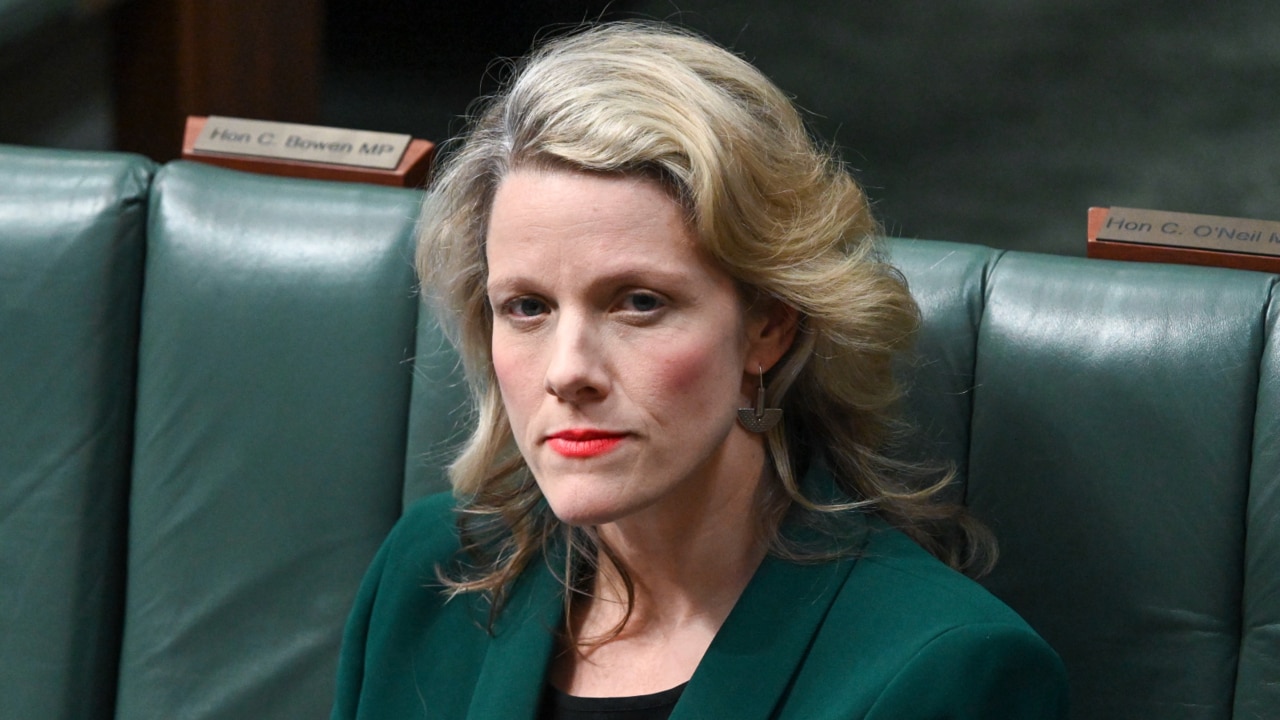
Tweed Heads South is holding the mantle as the state’s worst suburb for renters by a cash-strapped mile.
Average rents in the Northern Rivers suburb have increased 11 per cent in the past year, and rent now eats up 69 per cent of the median income in the area.
The northside of Greenacre takes second spot in the state rankings of the latest Rental Pain Index, compiled by leading property data analyst Kent Lardner.
Mr Lardner notes despite rents coming down in some areas, decreases are not a reliable indicator of easing pressure.
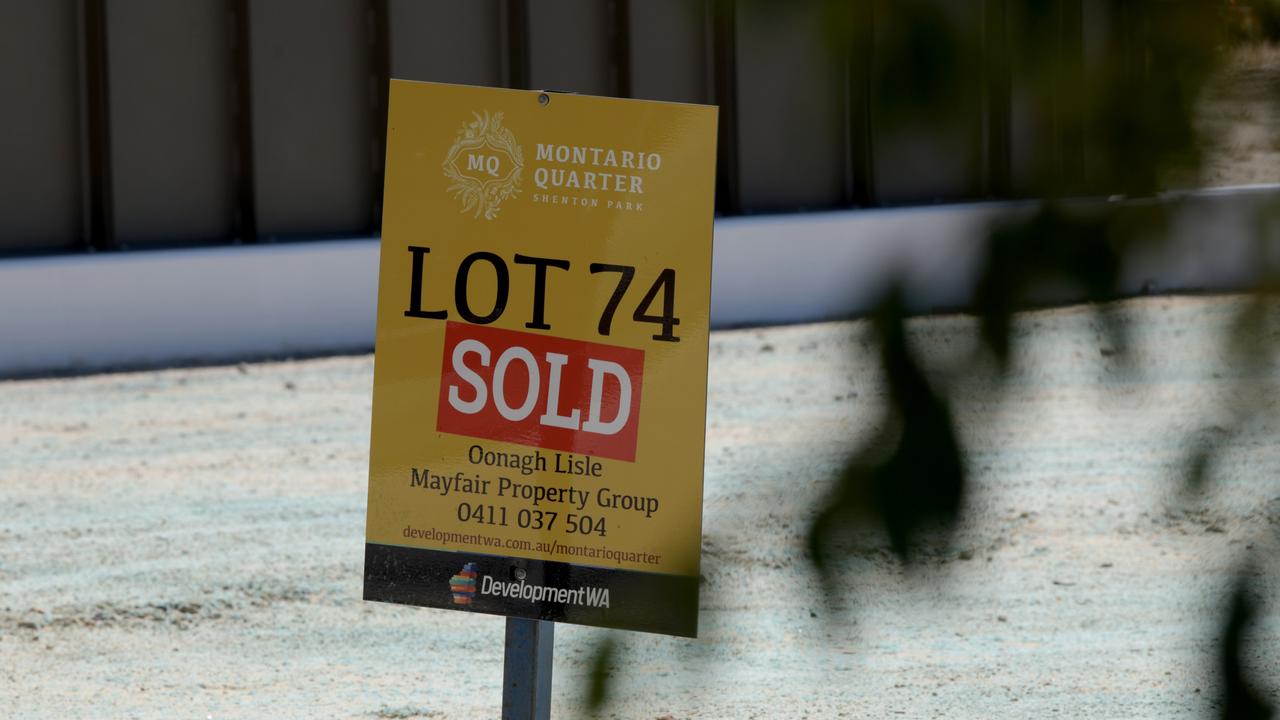
“Focusing solely on rent increases can be misleading. Even in areas where price hikes have eased, many renters continue to face severe affordability issues, with rent consuming well over 30 per cent of household income,” he said.
“This is especially true across numerous (local government areas), where vacancy rates remain critically low, exacerbating competition for already scarce rental properties.”
The worst 10 suburbs for renters in New South Wales, ranked by how much of the median income in that area rent costs, are; Tweed Heads South, Greenacre – north, Bass Hill – Georges Hall, Windang – Primbee, Tuncurry, Nambucca Heads, Tweed Heads, Riverwood, Pottsville, and Brunswick Heads – Ocean Shores.

Once Mr Lardner tallies up the average rent hike over the past year and the razor thin vacancy rates, his analysis shows the tightest local government areas are spread across the state.
Bellingen takes the top spot for worst local government area, with a “rental pain index” score of 94 out of 100. Fairfield, Cowra, Singleton and Lismore round out the worst five.
New South Wales also takes the cake for the state with the most suburbs to score a 100-out-of-100 rental pain score. Twelve suburbs, all with vacancy rates of 1 per cent or less, cannot get any worse for renters, according to Mr Lardner’s metric.
Queensland has 10 100/100 suburbs, Victoria has two.
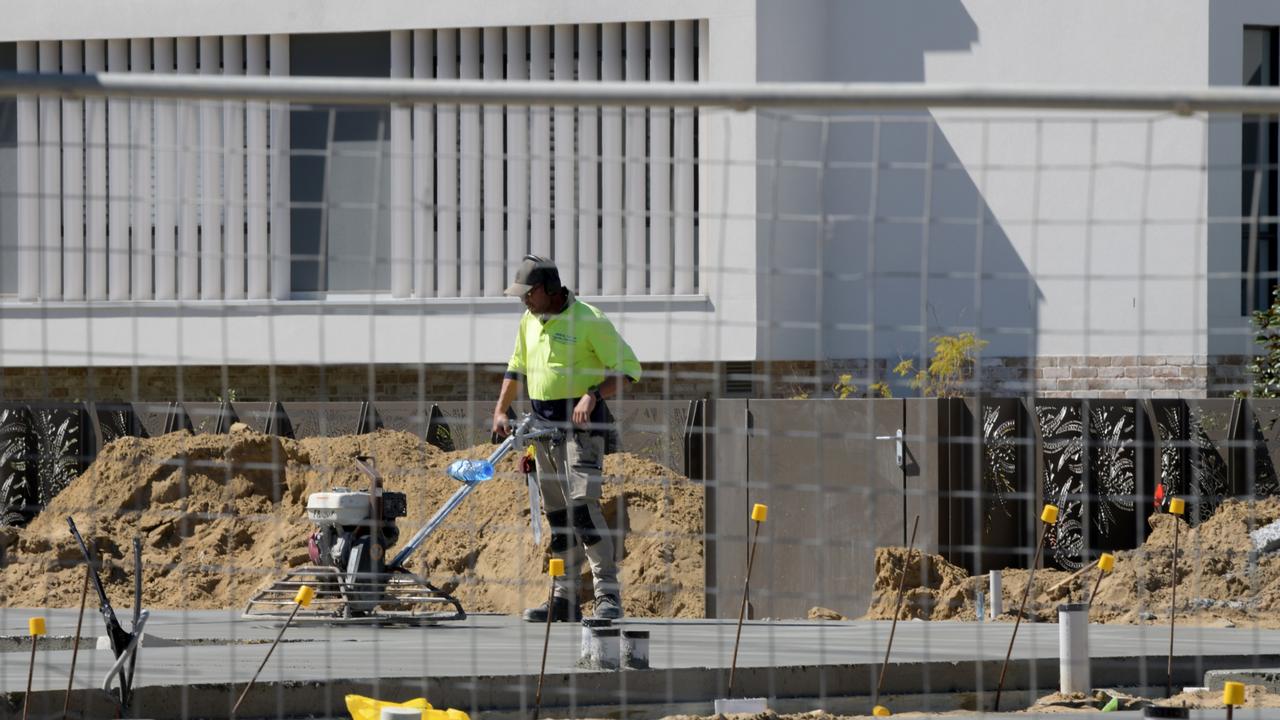
“It’s not just about numbers; it’s about people at risk of losing their homes. The (rental pain index) data shows that the risk of displacement and homelessness is still very real,” Mr Lardner said.
The largest rent hikes in the state for the past year include Guilford – South Granville (24 per cent hike), Bass Hill – Georges Hall (21 per cent) and Ashcroft – Busby – Miller (19 per cent).
“Families are being priced out, even in regions where rents aren’t rising as fast. The system continues to fail those who need stable housing the most.”
Sydney Anglican Property and Anglicare are putting forward promising initiatives, Mr Lardner said.
Those faith-based organisations are using their under-utilised buildings and land for long-term affordable housing.
“By turning unused spaces into housing, we can start to address the supply-side issues at the heart of this crisis.”
The two faith-based organisations are aiming to build 1000 affordable rentals with federal government funding.


